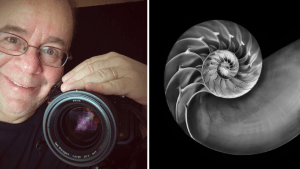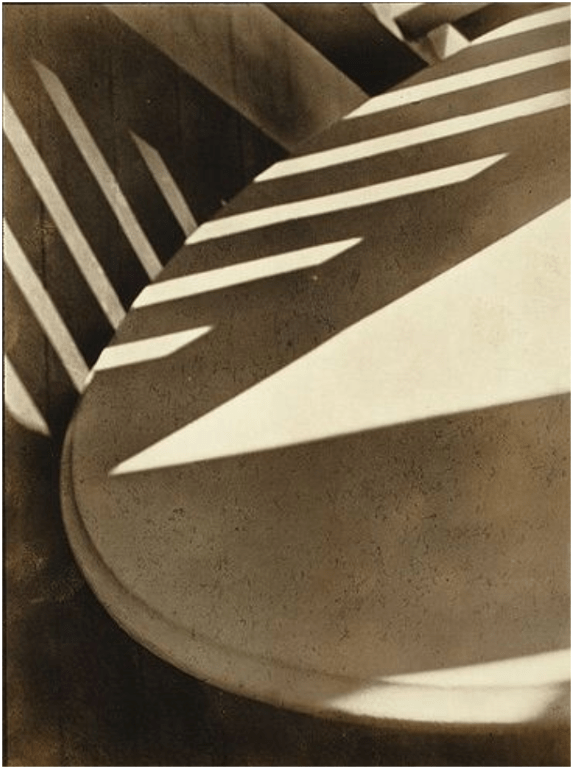Diane Arbus
Diane Arbus (1923-1971) was an American photographer known for her portraits. Her work is often associated with street photography and documentary photography. Here’s an overview of her work and its significance:
1. Portraiture: Diane Arbus is best known for her portraits. She had a ability to capture the life of her subjects. Her subjects included people from different subcultures such as transgender people, dwarfs, giants, nudists, and circus performers.
2. Challenging Norms: Arbus’s work challenged societal norms and conventions pushing what was considered ok in portrait photography during her time. She want to confront and question ideas of beauty. Her portraits often exposed the hidden aspects of human existence that many ignore.
3. Ethical Controversy: Arbus’s work has been a subject of ethical debate. Some people have questioned whether her approach to photographing individuals crossed ethical boundaries. While some view her work as exploiting people argue that it show those who were often separated by society.
4. Documentary Photography: Arbus’s work is often associated with the documentary photography genre as it captures real people in real-life situations. Her photographs show into the lives of her subjects and the subcultures they were a part of.
5. Influence: Diane Arbus’s work has had a significant impact on the field of photography. Her different approach to portrait has inspired many photographers and artists to explore the human condition.
6. Legacy: Diane Arbus took her own life in 1971 at the age of 48. Her work continues to be celebrated and exhibited across the world and her photographs remain a source of fascination.
Diane Arbus’s work is a power of photography to challenge social norms and a view into the lives of those often separated. Her help to the world of photography continue to be influential to this day.

In the photograph there is a line in the middle. The colour is black and white. There is a circle shape. The photo has three people and two of them are sitting and one is standing. The photo have something in the background.





























 For my edited pictures I change the colour curve for the first picture to make it have a more darker feel. My second picture I change the colour mapping to make it have a red colour to make it stand out more. My third picture I made it into a grayscale picture to make it have a diffrent feeling.
For my edited pictures I change the colour curve for the first picture to make it have a more darker feel. My second picture I change the colour mapping to make it have a red colour to make it stand out more. My third picture I made it into a grayscale picture to make it have a diffrent feeling.
Recent Comments